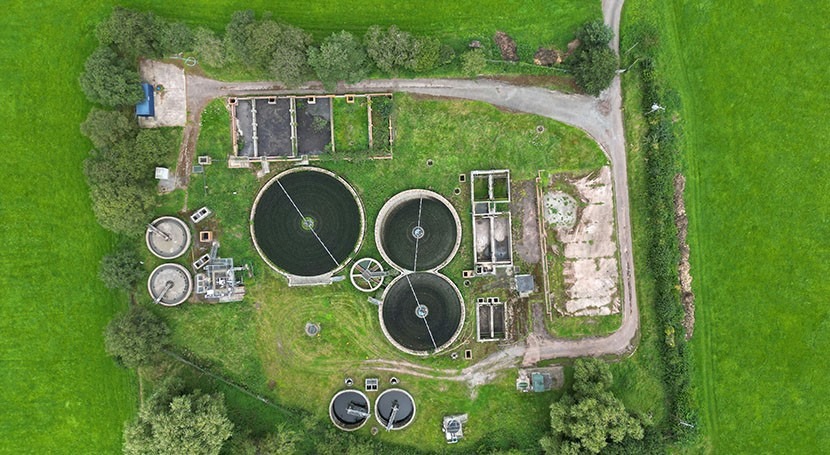Nama Water Services Enhances Wastewater Infrastructure in Oman
Nama Water Services is significantly expanding wastewater infrastructure across Oman, including enhancements to sewer networks and treatment plant capacities, reports Zawya. These initiatives aim to improve the efficiency of water and sewage systems across the governorates served by the company.
In Wilayat Al Seeb, Nama Water Services has embarked on major sewerage projects. The key undertakings include expanding the main treatment plant’s capacity from 62,000 to 82,000 cubic metres per day and connecting 87 government, residential, and commercial buildings to the sewage system. This will bring an estimated 21,400 cubic metres of wastewater daily. Additionally, treated wastewater connections for 63 facilities will provide a combined capacity of over 24,560 cubic metres per day.
Projects of Nama Water Services in Wilayat Al Seeb, Governorate of Muscat, reflect the company’s dedication to sustainable water and wastewater management. The company implements best global practices and innovative solutions to ensure residents have access to reliable sanitation services. This commitment keeps pace with the growing community’s needs and aspirations.
Eng. Ahmed bin Mubarak al Araimi, Acting Water and Wastewater Operations and Maintenance General Manager
“The projects being implemented in Seeb contribute to strengthening the sewerage infrastructure in the Wilayat in light of the increasing population and urban growth. These projects aim to tackle several key challenges: reducing pollution from outdated systems, preventing the spread of disease, and protecting vital groundwater sources. The plan includes establishing new sewage networks, treated water transmission lines, and expanding treatment plants. Treated wastewater will become a valuable resource, supplementing groundwater and supporting irrigation, industry, and other sectors,” Eng. Al Araimi added.
Engineer Qais bin Saleh al Farsi, Director of the Seeb Sewage Treatment Plant, highlighted the project’s multi-stage approach. New networks and treatment plants now serve parts of Al Khoudh and Muscat International Airport, with the Oman Botanic Garden also connected. Upgrades to the main treatment plant have increased daily processing capacity from 62,000 to 82,000 cubic metres. The construction of six pumping stations, 14 kilometres of main transmission lines, and 36 kilometres of distribution networks has facilitated access to treated water for 63 facilities in Seeb. The project also features a 16.5-kilometre treated water network within the Wilayat.
Al Farsi noted that Wilayat Al Seeb hosts the most extensive sewage network in the Muscat Governorate, stretching over 490 kilometres. This network channels wastewater from over 30,000 properties in Al Mawalih, Al Khoudh, Al Maabela, and Seeb’s coastal areas to a state-of-the-art treatment plant, which opened nine years ago and treats around 60,000 cubic metres of wastewater daily.

